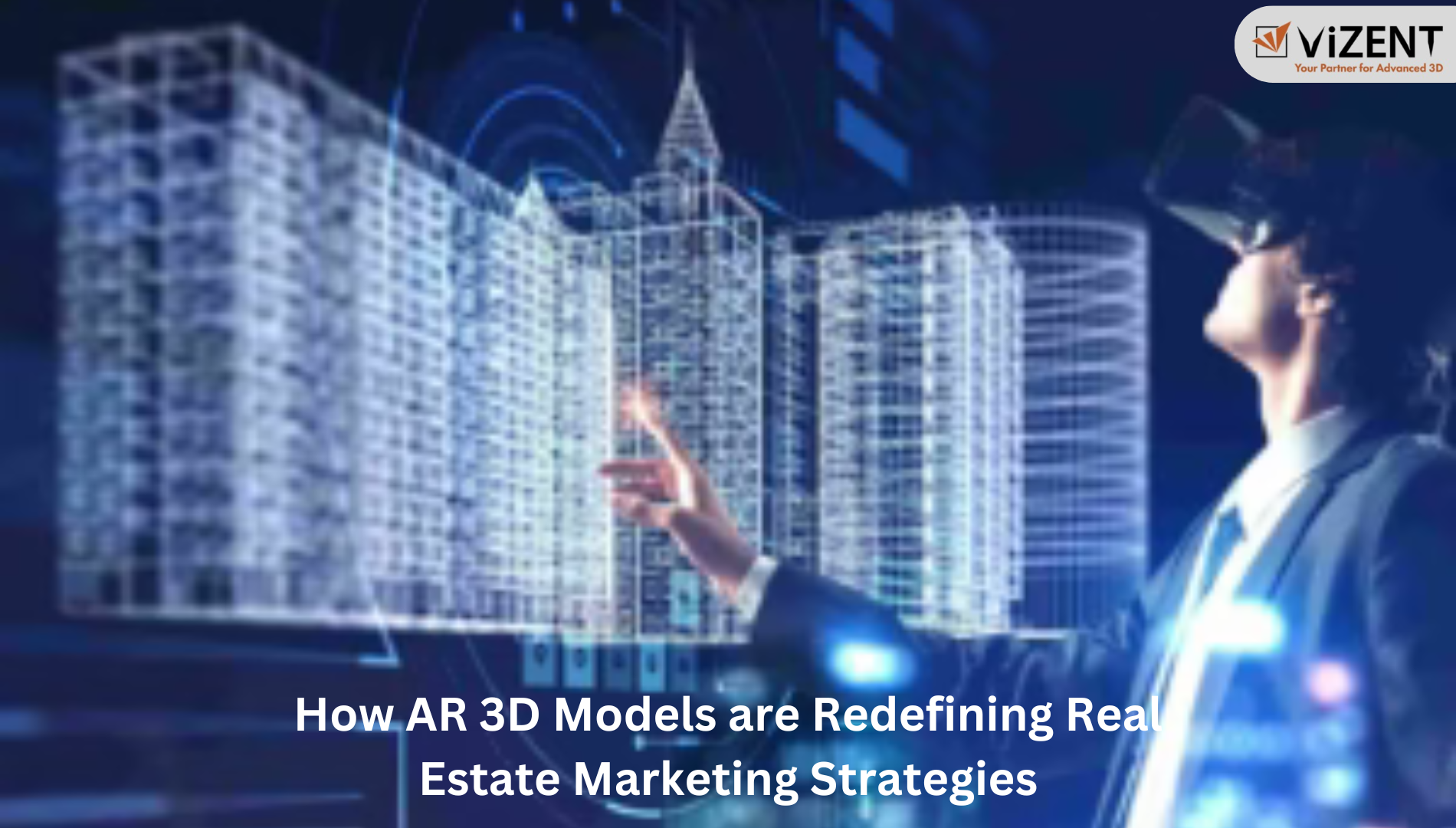The real estate industry has always relied on visual representation to attract potential buyers. Traditional marketing methods, such as photographs and 2D blueprints, are becoming outdated as technology advances. Enter AR 3D modeling, a game-changer in real estate marketing that is revolutionizing how properties are presented. With 3D modeling services and augmented reality models, real estate professionals can provide immersive experiences that captivate potential buyers like never before.
The Rise of AR 3D Modeling in Real Estate
AR 3D modeling enables real estate professionals to showcase properties in an interactive and engaging way. Instead of static images or video tours, augmented reality allows users to visualize properties in a more dynamic manner. With a smartphone or AR headset, potential buyers can virtually walk through properties, explore layouts, and get a realistic feel of the space before setting foot inside.
This technology is not limited to just showcasing existing properties. Developers can use 3D product modeling services to create realistic representations of under-construction or even conceptual projects. This enables potential buyers to see how the finished property will look, eliminating uncertainties and boosting confidence in their purchase decisions.
Benefits of AR 3D Models in Real Estate Marketing
1. Enhanced Visualization
Traditional real estate marketing often struggles to convey spatial dimensions and architectural details. Augmented reality models allow buyers to see detailed property layouts, interior designs, and even customizable features. This realistic experience helps buyers make informed decisions faster.
2. Remote Property Viewing
In a digital age where convenience is key, AR-powered 3D modeling services enable buyers to tour properties remotely. Whether a client is overseas or unable to visit in person, they can still experience a property in full detail through their smartphone or tablet.
3. Increased Engagement and Buyer Interest
Interactive elements always attract more attention than static images. Augmented reality allows buyers to engage with property models, changing furniture layouts, exploring different color schemes, and even experiencing day and night lighting changes. This level of engagement makes properties more memorable and increases buyer interest.
4. Cost and Time Efficiency
Virtual property showcases reduce the need for multiple site visits, saving both real estate agents and buyers time and money. Developers and agents can also cut costs on physical staging by using 3D product modeling services to create virtual models that demonstrate various design possibilities.
5. Competitive Edge in the Market
Adopting AR 3D modeling services sets real estate professionals apart from competitors still using traditional marketing techniques. By leveraging cutting-edge technology, agencies can attract tech-savvy buyers who appreciate innovative, immersive experiences.
The Future of AR 3D Modeling in Real Estate
As technology advances, AR 3D modeling will only become more sophisticated. Future developments may include AI-driven customization options, hyper-realistic renderings, and seamless integration with virtual reality (VR) for even more immersive property showcases. Real estate agencies that embrace these innovations will stay ahead in an increasingly digital market.
Conclusion
Augmented reality models and 3D modeling services are transforming the real estate industry, providing an unparalleled level of engagement and convenience. Whether for showcasing luxury homes, new developments, or commercial spaces, 3D product modeling services offer a futuristic approach that enhances buyer confidence and accelerates decision-making. As AR continues to evolve, its impact on real estate marketing strategies will only grow, making it an essential tool for forward-thinking professionals in the industry.



